THE WAY WE KEEP DANCING DIR. ADAM WONG SAU PING 2021
“Long4 Sing4” — Kwun Tong industrial area, Kwun Tong, Hong Kong 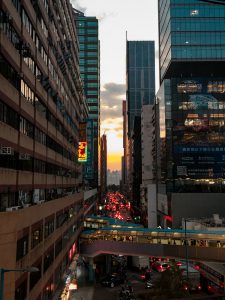
The Way We Keep Dancing is a 2021 Hong Kong music-dance-drama film written and directed by Adam Wong Sau Ping, starring Cherry Ngan, Babyjohn Choi, and Lok Man Yeung. Its Chinese name “狂舞派3” suggests that the film is the second sequel to 2013’s “The Way We Dance”(狂舞派1), having “狂舞派2” as an embedded narrative. The film sets the background in Kwun Tong Industrial Buildings, where a group of Kowloon Industrial District Artist (KIDA), including rappers, graffiti artists, Youtubers, dancers, and actors, who were passionate and ambitious about their skills as well as the Hip-Hop culture, suffered from a series of event related to the rising rent of their studios, hence how they fought against the oppression and humiliation by the landlords of the industrial buildings.
The story background of the Kwun Tong industrial area, also named as “Long Sing”(龍城) in the film, had played a crucial role in the structure of the film. From the setting of scenes, the storyline of each character in the film, to the development and plot twist in the film, Long Sing had been, both geographically and plot-wise, a recurring and indispensable motif.
In terms of how the area was presented in the film, the movie consists of a lot of drone shots, panning the camera in between all the densely packed and orderly arranged industrial buildings, providing the audiences a perspective that overlooks the arrangement, rooftops, and façade of the buildings. Different from the angles that normal people observe from when walking on the streets, or even people in the building, drone shots captured an unfamiliar yet unique appearance of the area, depicting the people’s lifestyles in such a maze-like environment, especially when during the night shots, the lightened up rooftops with dancers practising, and people’s silhouettes being subtly seen threw glowing windows, the pace and heartbeat of the area were lively illustrated.
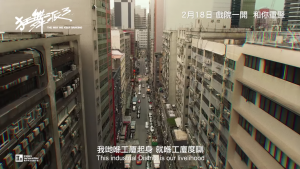
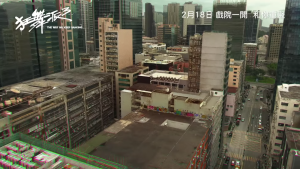
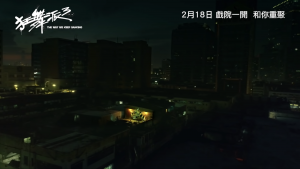
Going back to the ground, a lot of shots were filmed on the roads, streets, and narrow alleys, serving as very direct contact to the land itself, as well as reaching the interactions between people. One of the scenes that I like the most is the scene where a group of Hip-Hop buskers perform in the middle of a pedestrian during midnight, with their ad hoc bucket drums, crunchy microphones, and graffiti painted street piano. I found it quite interesting as the director has reimagined the space between two buildings into a performance stage, with a series of ad hoc qualities and music added, illustrating the vitality of the area thus how Hip-Hop music and cultures connects people by breaking the geographic and spatial boundaries. The scene was so successful that the music started to play in my mind when I was browsing around the area and travelling along the narrow alleys between the industrial buildings. And as a musician myself, it has significantly deepened my understanding and interests in Hip-Hop cultures and the free-flow nature of it.
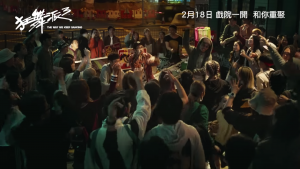
As an architecture student, all these different kinds of shooting techniques and ways of portrayal were helpful for me to not only understand the industrial buildings and the area as a whole built environment, but more importantly how the buildings have shaped the human touches and warmness among the community, and how repetitive and boring-looking architectures have nurtured all kinds of precious talents who collectively protected the values that they treasure.
Wong Ho Hang, Caleb
3035740465
I appreciate your discussion on how Long Sing is described in the film through aerial views showing roof tops and building facades from the top, and through street views. The aerial views are not the typical views of a place and views that only film allows and close enough to reveal details (therefore perhaps more intimate than the airplane view). You have made a good effort in analyzing the film from two dominant perspectives in which Kwun Tong is depicted. What of Kwun Tong itself? In your fieldwork, how is Kwun Tong similar or different from Long Sing. What observational analyses or insights do you have on the two points of views – aerial and street? How are the narrow alleyways and interiors similar or different in the film and in reality? And to what extent were these a combination of camera, lighting techniques and injection of events that activated the so-called “boring-looking architectures”? You have alluded to understanding the area differently after studying it through the film. During your visit, to what extent has the reimagination of these spaces inform you of the actual spaces as they exist today? In what ways do you think the film has anticipated the present-day presence of artists, musicians and designers in the area?